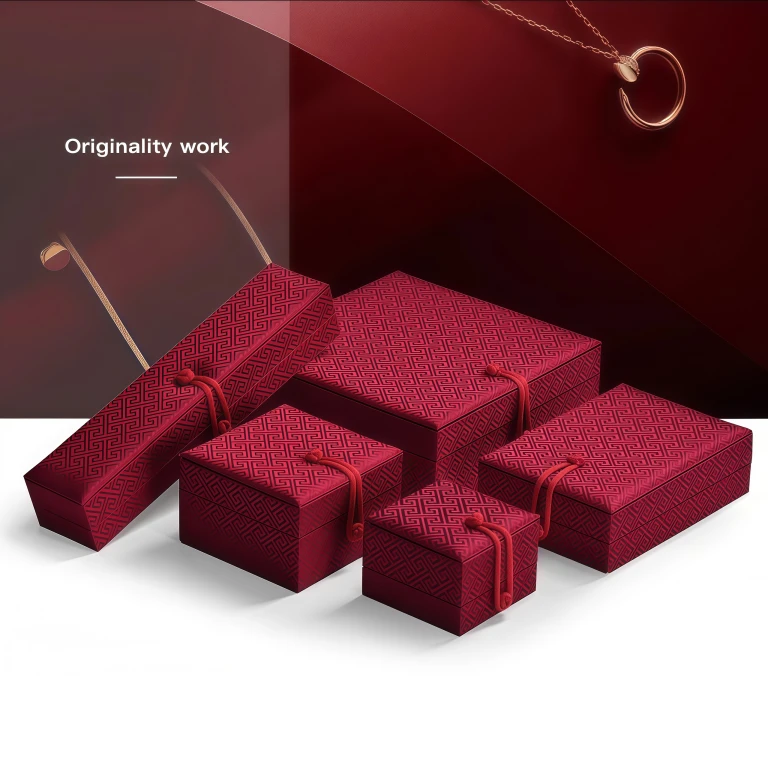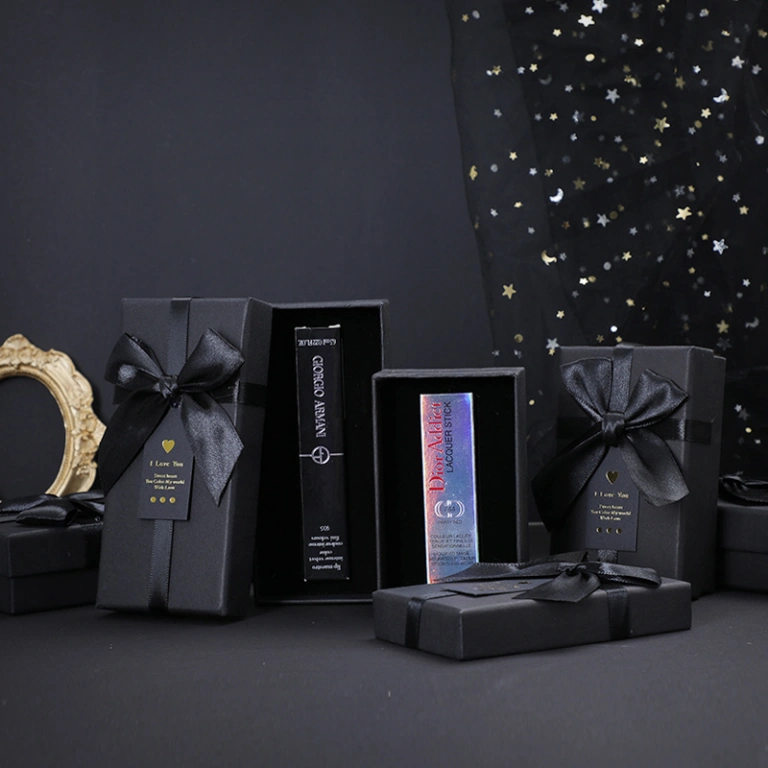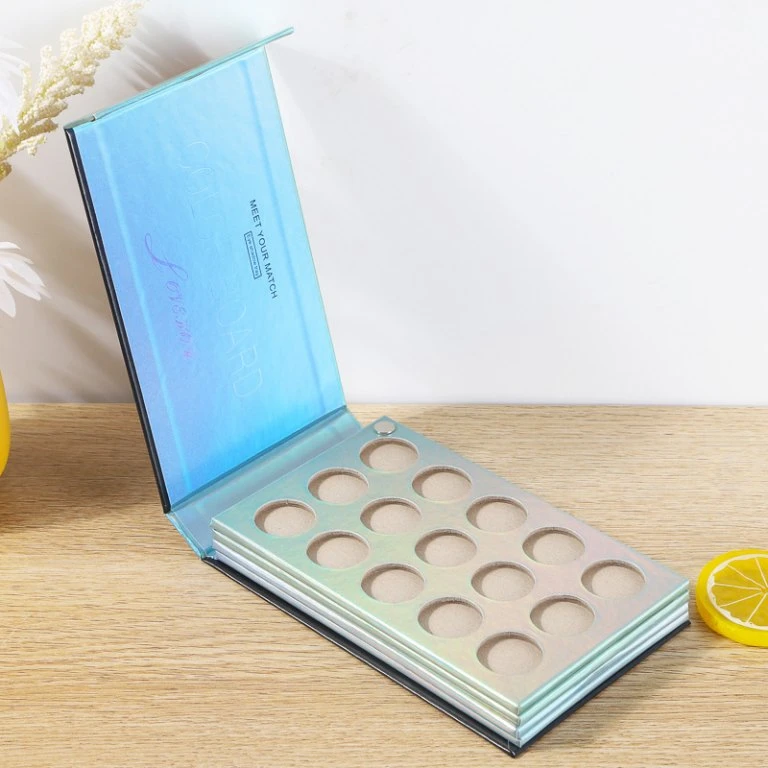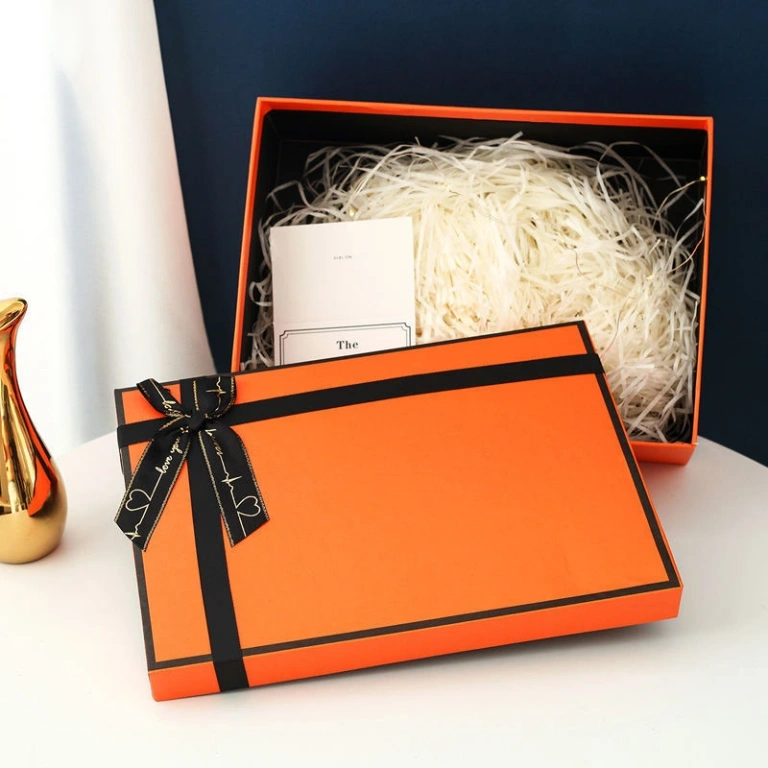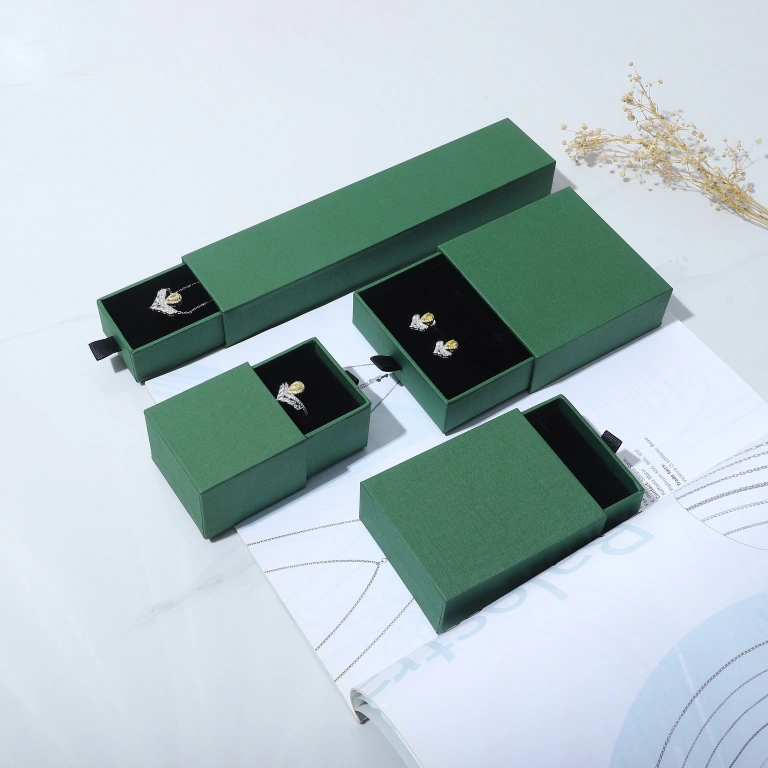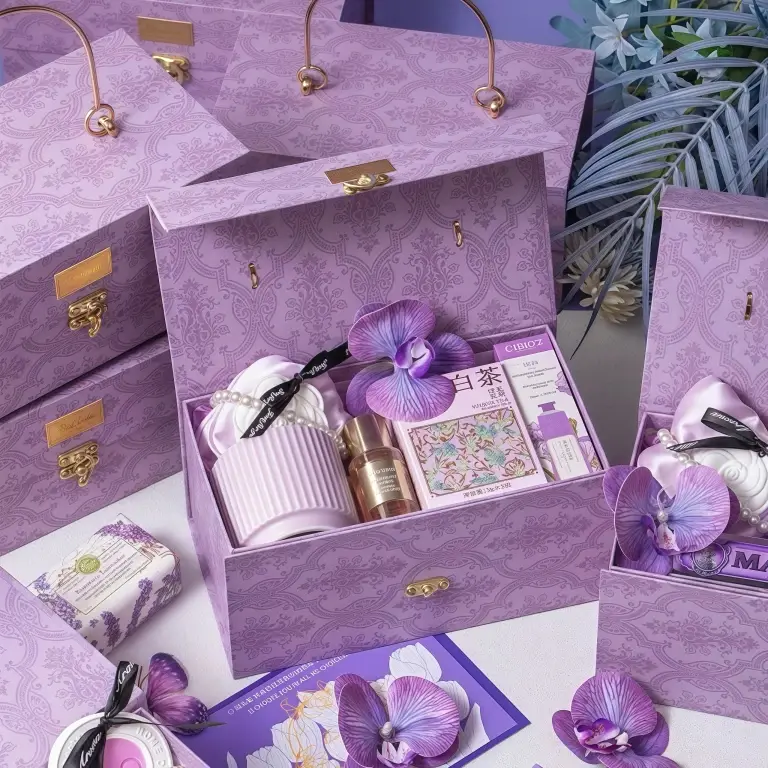In the competitive world of product presentation, small packaging boxes are more than just containers. They serve as a strong communication tool between your brand and your customer. No matter if you sell cosmetics, jewelry, essential oils, or premium gifts, the right box style is crucial. It affects how people see your product.
This guide will show you the different types of boxes and their common uses. The explanation will also cover how to improve them with custom packaging and eco-friendly materials like kraft paper.
Let’s look at the common types of small packaging boxes. We will discuss their materials. We will also discuss how to make smart choices. These choices can help reduce environmental impact and boost branding potential.
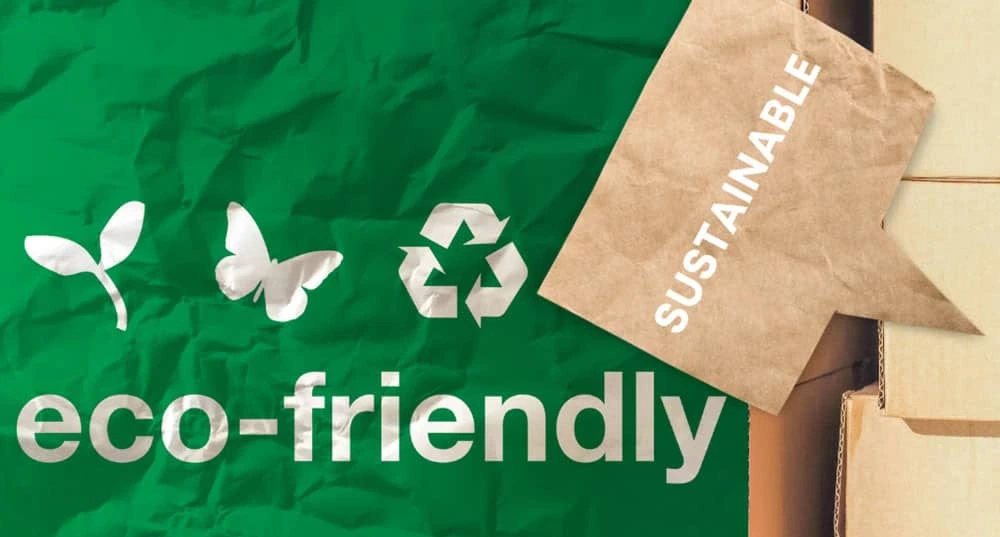
Why Packaging Matters More Than Ever
Today’s consumers are not just buying a product; they’re buying an experience. And often, that experience begins the moment they receive or pick up a package. Smart, attractive, and useful packaging makes your product stand out. This is important in busy stores and online.
Here’s why your packaging deserves attention:
- First Impressions Count: Customers judge the quality of your product by its packaging. A poorly designed box can devalue even the best product inside.
- Protection and Preservation: In areas like cosmetics and essential oils, packaging must protect products from damage, light, and leaks.
- Brand Identity: Packaging is your opportunity to reinforce your brand’s tone — luxurious, playful, organic, minimalist, etc.
- Sustainability: Customers are increasingly choosing brands that demonstrate environmental responsibility through their packaging choices.
Overview of Small Packaging Box Materials
Let’s begin with the materials that form the foundation of every small packaging box.
Kraft Paper
Kraft paper is one of the most sustainable, affordable, and versatile materials used in packaging today. Manufacturers produce it from natural wood pulp, making it biodegradable, recyclable, and highly customizable.
Advantages:
- Natural, rustic look is perfect for eco brands
- Accepts printing, stamping, and embossing
- Works well for folding cartons, inserts, and sleeves
Other materials worth considering:
- Rigid board: Ideal for jewelry boxes or watch boxes where structure is important.
- Corrugated cardboard: Offers better protection, especially for shipping.
- Textured specialty paper: Great for luxury gift boxes and high-end cosmetic products.
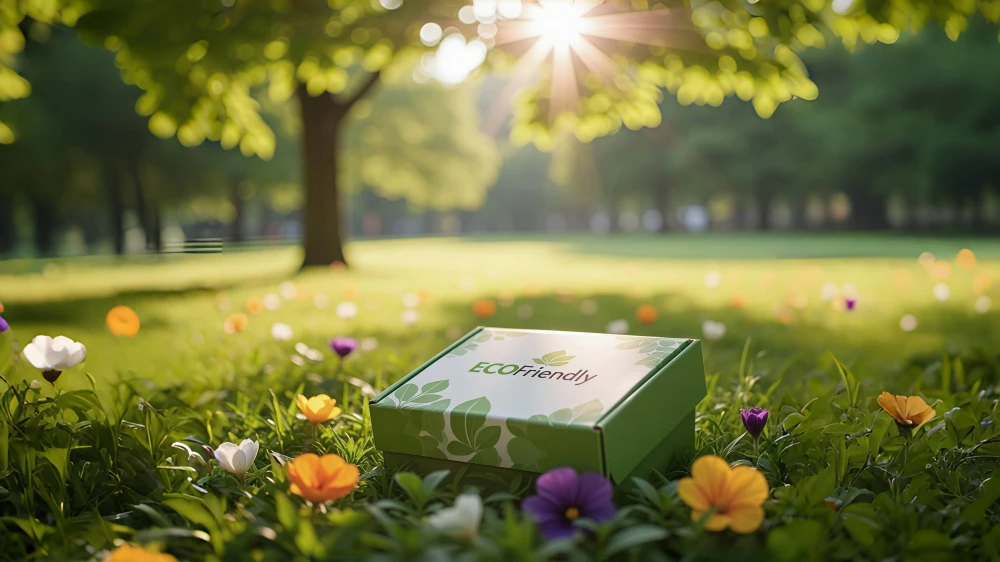
Most Common Types of Small Packaging Boxes and Their Uses
Now, let’s explore the types of boxes most commonly used in small product packaging and the industries they serve.
1. Jewelry Box
Jewelry boxes are elegant, compact, and secure. Designers create them to keep high-value or delicate items safe while enhancing their perceived worth. Many boxes feature velvet or satin linings and include compartments or inserts for rings, necklaces, and bracelets.
2. Gift Box
Gift boxes are highly versatile and are used across nearly every industry. They range from simple folding boxes to luxurious rigid boxes with intricate finishes.
3. Cosmetic Box
Cosmetic packaging must balance aesthetics and functionality. Your cosmetic box needs to do two things.
First, it should attract buyers. Second, it should protect the product inside. This applies whether you are packaging skincare, makeup, or perfume.
4. Watch Box
Watches symbolize luxury and sophistication, and their boxes should reflect the same qualities. Watch boxes usually feature a rigid structure with internal cushions or holders.
Common uses:
- Luxury watch brands
- Anniversary or milestone gifts
- Collector’s editions
Customization Options:
- Wooden or leatherette finishes
- Personalized engravings
- Slide drawer designs or book-style openings
- Foam or velvet interior for cushioning
5. Paper Eye Shadow Box
Paper eye shadow boxes are a niche yet crucial in the cosmetics sector. With rising competition, eye-catching and eco-conscious packaging can give brands a major advantage.
Common uses:
- Eyeshadow palettes and makeup kits
- Limited-edition color collections
- Influencer collaborations
Customization Options:
- Illustrated palette designs
- Snap shut or magnetic flap closures
- Kraft-based boxes with soy ink
- Laminated interiors to prevent product leakage
6. Essential Oil Box
Packaging for essential oils must provide both visual appeal and functional protection for fragile glass bottles. Most essential oil boxes feature internal partitions or foam to prevent movement.
Common uses:
- Wellness brand packaging
- Aromatherapy starter kits
- Gift or retail sets
Customization Options:
- Recyclable kraft paperboard
- Printed dividers for multiple bottle sizes
- Natural color tones with minimalistic design
- Slide or magnetic closures for added safety
Box Construction: Popular Styles for Small Packaging
Understanding box style options can help you choose the right one for your specific product and customer experience goals.
Folding Boxes
Manufacturers make folding boxes from lightweight paperboard, and they widely use them for cosmetics and small gifts.
Pros:
- Affordable and scalable
- Custom print and finish options
- Easy to assemble and ship flat
- Ideal for high-volume retail packaging
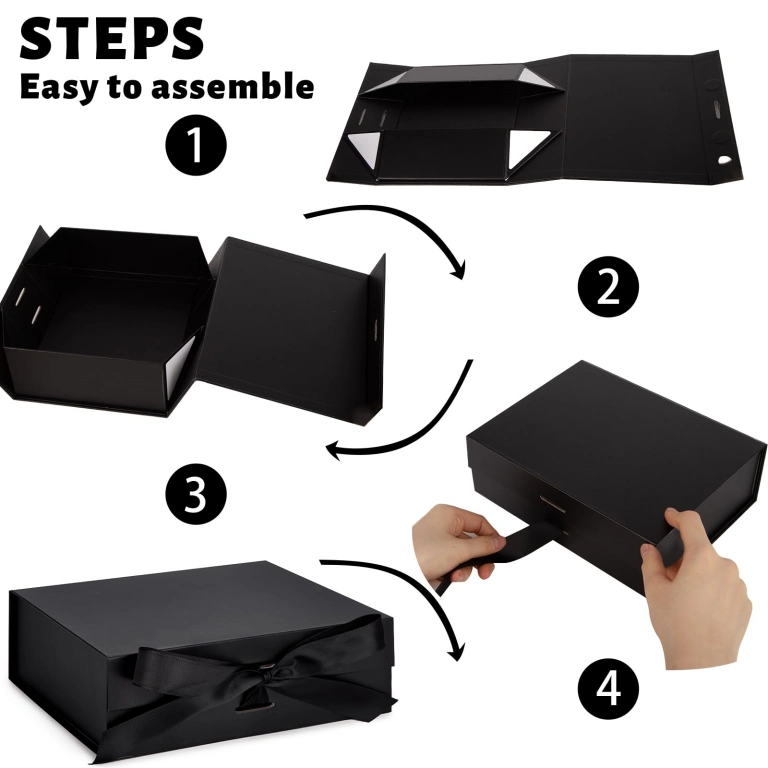
Lid Boxes
Drawer-Style Boxes
Magnetic Closure Boxes
Customization Options That Make a Difference
Custom packaging lets you choose every detail of your box. This helps you match your brand and product, whether you want a simple look or a colorful story.
Popular customization features include:
- Foil stamping for elegance
- Embossing and debossing for texture
- Spot UV to highlight elements
- Custom inserts for the organization
- Die-cut windows for product visibility
- Brand story prints on the interior flaps
The more intentional your custom design is, the stronger the emotional connection your customer feels with the product.
Sustainable Choices and Their Environmental Impact
Sustainability in packaging is no longer optional — it’s expected. Brands that fail to consider their environmental impact risk losing credibility and customer loyalty.
Here’s how to make your packaging more eco friendly:
- Use kraft paper or recycled cardboard
- Print with vegetable or soy-based inks
- Minimize plastic elements (such as window films)
- Design for reusability and recyclability
- Avoid over-packaging; keep it minimal and efficient
Not only do these efforts support the planet, but they also strengthen your reputation with conscious consumers.
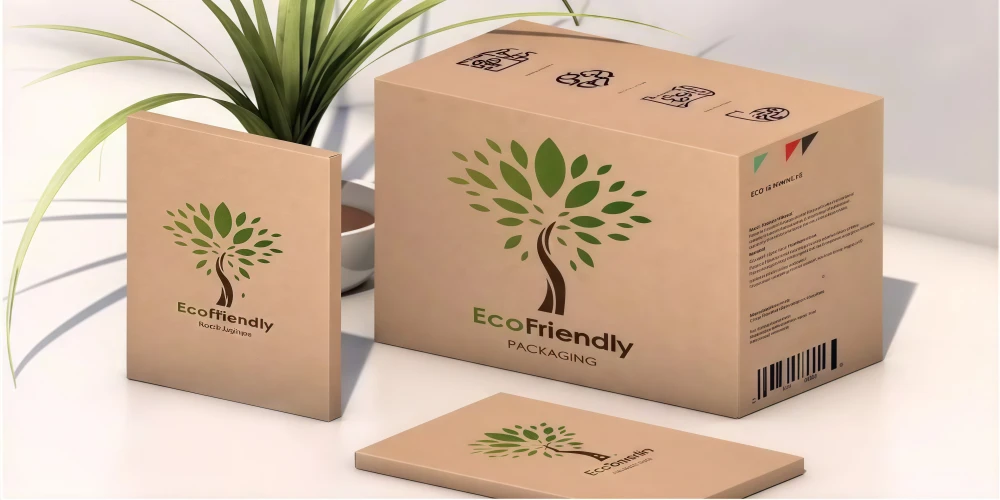
Choosing the Right Packaging for Your Product
Selecting the ideal box means considering the following:
- Product dimensions and fragility: Will it need extra padding?
- Retail vs e-commerce: Does it need to withstand shipping or sit on a shelf?
- Target audience: Is your customer young and trendy or mature and refined?
- Brand messaging: Are you conveying luxury, sustainability, or fun?
To match your packaging style and material with your product and customer needs is important. This will help your packaging support your brand instead of hurting it.
Final Thoughts
From jewelry boxes to essential oil boxes, small packaging offers many ways to impress, protect, and share messages. With careful design and smart customization options, your packaging can make a lasting impression. Using eco-friendly materials like kraft paper helps too. This way, customers notice your product even before they see it.
No matter what industry you are in, good packaging adds value to your product. It also lowers its environmental impact and increases brand recognition. Use this ultimate guide as your starting point when choosing or designing the perfect packaging for your product line.
Ready to Design the Perfect Packaging Box?
Let us help you bring your packaging ideas to life. If you need custom packaging, we can help. We offer cosmetic boxes, eco-friendly folding cartons, and stylish gift boxes.
We have the right solutions for you. Our options blend design, function, and sustainability.
Get in touch with our team today to start creating custom packaging that tells your brand story — one box at a time.

